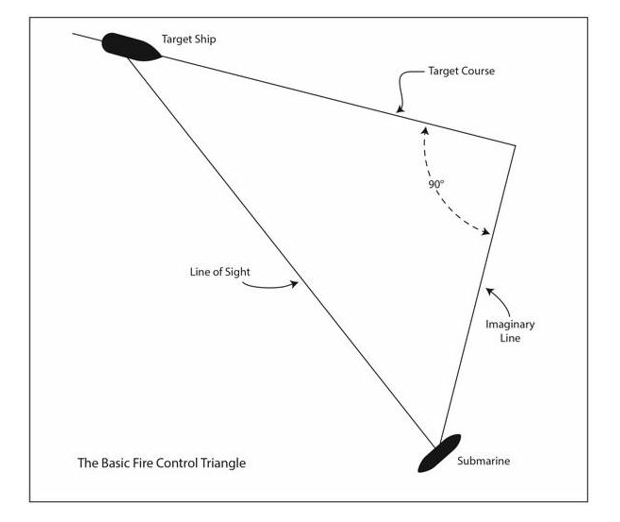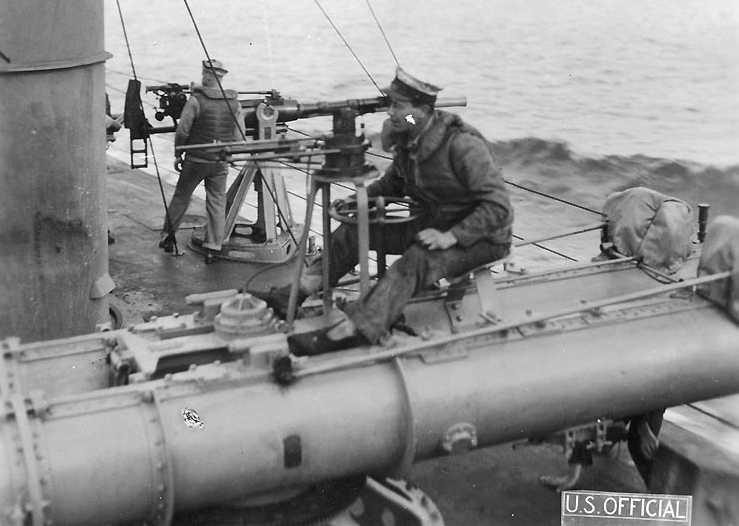…Do I have my subcorner back now?
No Dolphin randomly barging in, n-no random shipgirls asking me to explain other stuff?

Yay.
Subcorner.
Okay. Today’s sub corner is actually just something super technical. I’ve been um, doing this thing you call lurking. I have to say, a lot of people are seriously underestimating how hard it is to hit a target with a torpedo!
Just imagine. You are in the conning tower of a World War II American submarine. You’re probably standing near the attack periscope, having seen a target from your submarine. You’re gonna have to shoot well, because if they find you you might not get a chance to come home. The torpedo isn’t a smart weapon (though we’re working on that!) and once it leaves the tube, it’s done. The torpedo has to gain the right speed, depth, and course all at the same time to get a hit.
But the sleek torpedoes we find in the war were nothing like what they started out with. At the beginning, during the very early days, torpedoes were connected by wires, and they were controlled by men standing on the shore. They would control the torpedo by interacting with its rudders directly, and the torpedo’s power would be sometimes supplied by dynamos on shore.
In fact, we call the torpedo “fish” because that’s what it was. A torpedo that could swim on its own. And we’ll start by talking about the Mark 3 Bliss-Leavitt torpedo, widely seen as the first torpedo in the US navy.
Created in 1903, this basically had all the things we’d recognize as a torpedo. It could swim on its own, can control its own depth, and went pretty fast. It could go 1200 yards at about 35 knots. Don’t laugh. It was pretty impressive for something we had really no clue to make. So the navy took a closer look and though, let’s make one for submarines.
Enter the Mark 4. This one can go 2000 yards at 29 knots, and it was the first torpedo to be developed exclusively for submarines. The torpedo itself wasn’t the most impressive thing, though. Rather, with a functional torpedo in hand, the US navy set out to make something that could help the submarine captain in his task.

(This figure is taken from a book called Submarine Torpedo Tactics. Surprise, surprise, right?)
Okay, see that? That’s basically what a submarine have to deal with. To hit anything you have to know how fast the other ship is going, what angle you’re shooting your torpedo from, how deep your torpedo is traveling at so you can set the proper attack angle. You have to know how far your torpedo can go before it runs out of steam, but at the end of the day? This is a simple right triangle.
From the submarine, where I can see the ship, that’s the hypotenuse. The target’s course – where it is going – is one leg, and because (or I hope) my torpedo goes in a straight line, it forms the other leg of this triangle. Thus, all I have to do to figure things out is to do a bunch of calculations very quickly using simple trigonometry.
Of course, a ship is not going to just sail merrily along. It would also be very time consuming to do all the math by hand. So, even before WW1, we were thinking about automating the calculating process. These machines tend to be pretty simple, and they would automatically calculate an aiming point for you. I’m having trouble finding you pictures of one, but just imagine a metal object with a bunch of slides and rulers on it. It looks a lot like the DD one here.

Basically we’re talking about literally the infancy of torpedo tactics here. In a submarine this thing would be tied to the periscope. The sliding arms would go under and forward of the periscope and the officer would be adjusting the arms as the captain yelled out the target’s bearing or angle or speed or range estimates. This is before the TDC and before anything fancy, but it was enough to get the job done – or so we thought.
But, you know, once we’ve started on something, someone’s always going to ask: how can we do it better? So I thought I’d show you what the old stuff looks like before we get onto more modern things.
